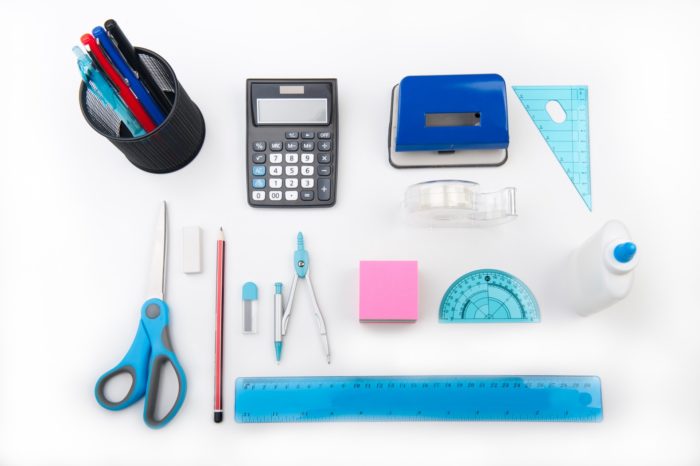2 Spanish Classes
Class 1 25 children 12-13 year olds who meet 3 times a week, Games used only once a week over a term. Same class who had worked in Swedish with Scratch as well as primary (middle school).
Eric shared an example, with sounds where they could include their voices speaking the words.
I gave them a series themes following the topics (eg. family, weather etc) to work on the vocabulary and they used it to create the game.
Worked in pairs on a project and the length of the projected lasted from 2 weeks to 10 weeks for slower programmers. Examples of games : memory cards (matching), Shopping (go to store) with dialogues between buyer and seller, the fastest pair then made the game in spanish. When they finalised the games they made some versions in english and swedish so that they can be used in new classes to introduce spanish. In the future I am aiming to get the instructions in spanish to see how they children pick up language skills without preparation.
- How did you think when you chose to work with Scratch (programming) with your students? What did you expect?
I thought that it would be an innovative way to work on consolidating knowledge. I did not know what to expect and I wanted to experiment. I was curious about how the students would react. It turned out that the students had a good knowledge of computer technology and were able to quickly launch their imagination while learning Spanish language skills and discussing them in pairs. Positively surprised.
- Tell me how you did when you entered the program in your classroom. Planning, choosing students, what do you want to achieve, what did you achieve? How did the students react? What did you need?
The students had good knowledge of Scratch so it was just getting started. I wrote the themes/topics we had studied in chronological order on the whiteboard. The topics could be to shop in a store or to visit a family member. They could choose a topic and furthermore, they would choose how the game was designed. One purpose was that other students could play the game, and this had to be kept in mind during the work. The whole class tested and most thought it was a fun way to repeat Spanish and create new things with the help of computers. I felt that I had less knowledge of programming than the students. I therefore think that teacher training in programming is needed.
- What important lessons have you learned along the way?
I have learned that teachers must have good programming skills beforehand to be able to help and inspire students. It was difficult to work without support. I am more confident now to use it and pair up students with different abilities. I will match students from the years above to work with beginners both in spanish and in scratch. Classes of different levels will work together to mentor each other.
- What tips would you like to give other teachers who want to start working with programming and scratch?
If you are to lead a group that does not have pre-programming skills then educators need good knowledge beforehand. Be prepared and read up on programming before you start.
Lessons learned
Working with Eric as ICT teacher was seamless as the children were familiar and worked with him. As he did not understand the spanish I had to keep the control and guide him through the language learning.


